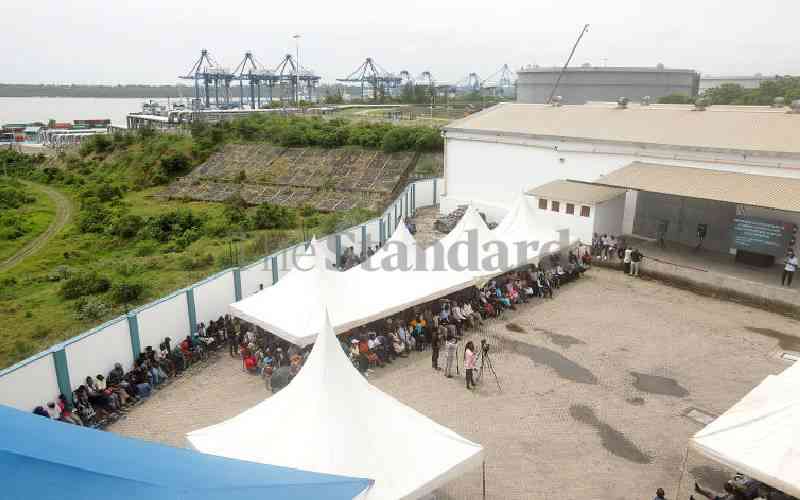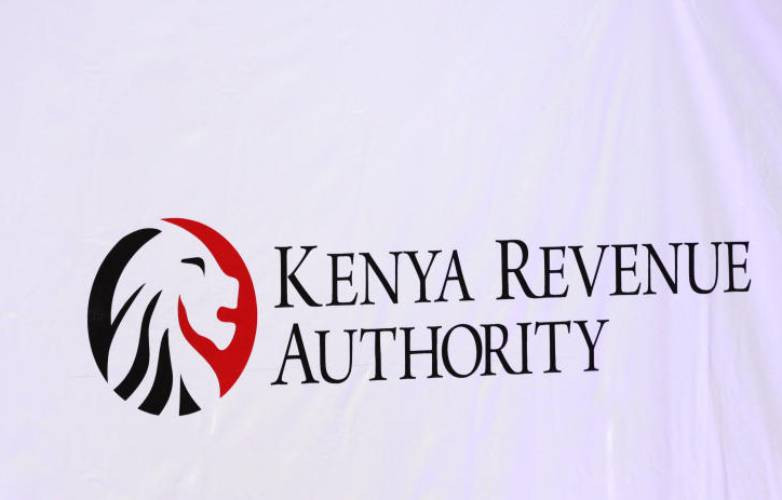
The agricultural sector rebounded strongly last year influencing the Kenyan economy to grow by 5.6 per cent in that year, compared to the 4.9 per cent growth rate in the previous year.
Kenya Institute for Public Policy Research and Analysis (Kippra) in its economic report on the country has said that the strong growth in the sector is attributed to favourable weather conditions and the government fertiliser subsidy to farmers.
“Despite the increasing use of intermediaries like fertilisers, the growth hasn’t necessarily translated into higher production or improved productivity within the sector,” the summary of the report themed ‘‘Enhancing Productivity’’ for Sustained Inclusive Growth read in part.
Even as the sector records strong contributions to economic growth, it continues to record low productivity, as a result of overreliance on rain-fed agriculture, low mechanisation, and technological adoption.
According to the Kenya Economic Report 2024 by Kippra released yesterday, the economy is projected to grow at 6.2 per cent in 2024, and average 6.7 per cent in the medium term, while inflation remains within the policy target range.
Kippra has recommended that the government allocate 10 per cent of its expenditure to agriculture, to bolster employment enhance food security and increase income for farmers.
“The government should ensure agricultural inputs reach both small-scale farmers and large-scale production regions,” Kippra said, adding that this will enhance production for both local consumption and the broader market.
- Ruto remains mute as healthcare crisis worsens
- Government calls on KMPDU to end strike
- Ruto meets KMPDU officials, promises lasting solutions to end industrial strikes
- Ruto forms a 20-member team to audit healthcare resources
Keep Reading
Also, it has asked that policymakers should reevaluate the practice of targeting inputs for highly productive regions to ensure small-scale farmers have equitable access.
They have also recommended that the government should enhance knowledge about agronomic practices, “and consider making agriculture a compulsory subject in secondary schools”.
It was also recommended that full implementation of the Bottom Up Economic Transformation Agenda along with targeted value chain development will empower farmers to add value to their products and boost incomes.
To achieve this economic growth target, Kippra has said there is a need for increased investments that enhance productivity, especially in the agriculture sector. The growth projection is anticipated to also moderate the effects of food inflation.
The report has shown that productivity per worker has been on the rise, however, the minimum wage for labour in the sector has not kept pace.
“This disconnect may contribute to sluggish growth and productivity within the sector,” the report reads.
In the report, the informal sector employed 84 per cent of the country’s workers. However, there was low labour transfer from agriculture to other sectors as agriculture dominates the employment shares in counties.
There was also a significant decline in the proportion of youth labour in agriculture in 2023.
The composition of the youth labour force in agriculture has declined from 58.8 per cent in 1990, to 28.5 per cent in 2020, this is despite youth being key drivers of innovation in the sector.
In 2017, youth labour in agriculture stood at 35.6 per cent, 31.9 per cent and 32.8 per cent in 2018 and 2019 respectively.
The majority of skills in the agriculture sector comprises first level skills of field crop vegetable at 77 per cent, “which means that we are dealing with primary school kind of level, hence instilling higher skills becomes a challenge’’,
“The level of digitisation was 0.15 per cent in the agricultural sector, which shows the low level of digitisation, this is associated with low digital skills, low digital literacy and high cost of digital tools,” the report shows.
The agriculture sector is a priority area in Kenya Kwanza’s Bottom Up Economic Transformation Agenda, being labour-intensive, would therefore require targeted interventions to make it more productive for economic growth.
The institute has recommended that the economy be cushioned against future effects of climate change by strengthening agricultural resilience through investments in irrigation infrastructure, drought-resistant crops, fast-maturing crop varieties, smart agricultural practices and technological advancements.
Kippra notes that most crop yields in Kenya are below the world average yield.
“Our agriculture sector is not doing well as long as productivity measured by yields is concerned. Government spending on agriculture is also below Malabo target of 15 per cent.’’
 The Standard Group Plc is a multi-media organization with investments in media platforms spanning newspaper print
operations, television, radio broadcasting, digital and online services. The Standard Group is recognized as a
leading multi-media house in Kenya with a key influence in matters of national and international interest.
The Standard Group Plc is a multi-media organization with investments in media platforms spanning newspaper print
operations, television, radio broadcasting, digital and online services. The Standard Group is recognized as a
leading multi-media house in Kenya with a key influence in matters of national and international interest.











